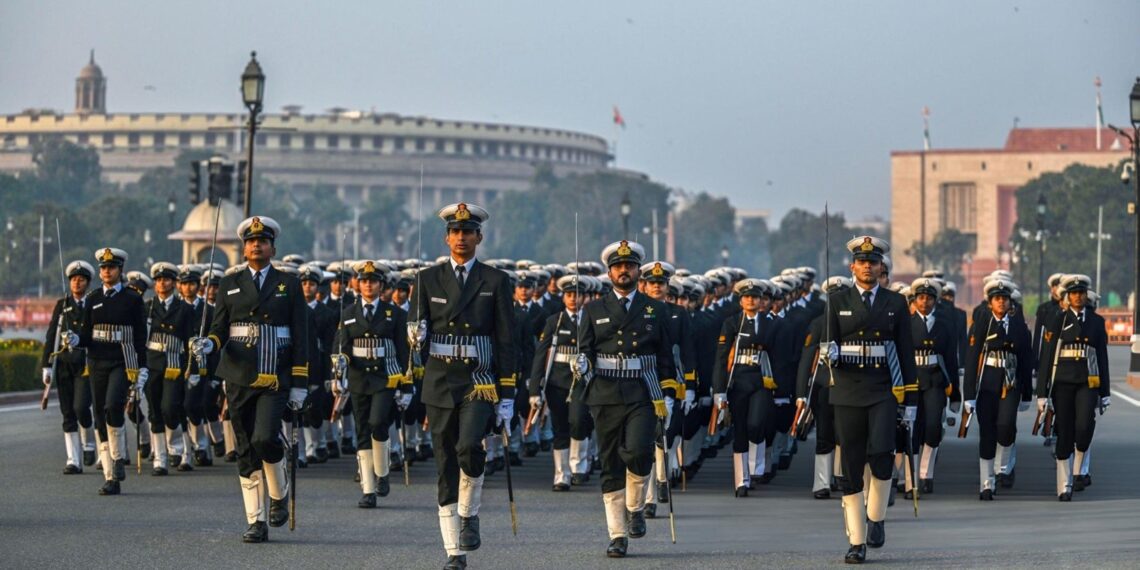As the nation gears up for the grand celebration of Republic Day on January 26, it’s essential to unravel the pivotal events that laid the foundation for India’s sovereignty on the days leading up to this historic occasion.
January 24 and 25 stand as pillars of India’s journey towards becoming a sovereign state, setting the stage for the adoption of its constitution. Here is why…
January 24: The Resonance of Jana Gana Mana
Today in 1950, the Constituent Assembly of India echoed with the harmonious notes of Jana Gana Mana, a song that transcended its lyrical beauty to become the soul-stirring National Anthem of the nation. Originally penned by Nobel laureate Rabindranath Tagore in Bengali, its Hindi adaptation was formally embraced as the anthem, symbolising the unity of a diverse nation.
The anthem, originally titled Bharoto Bhagyo Bidhata in Bengali, had its public debut much earlier in history, resonating for the first time in 1911 at the Calcutta (now Kolkata) session of the Indian National Congress on December 27. Only the first stanza found its place in the anthem, a concise yet powerful representation of India’s rich cultural fabric.
The formal adoption of Jana Gana Mana was a momentous occasion, capturing the essence of India’s pluralistic spirit. In a mere 52 seconds, it encapsulates the ethos of “unity in diversity”, a cornerstone of the country’s cultural heritage.
January 25: Birth of the Election Commission
The canvas of historical events unfurls further on January 25, 1950, as the Election Commission of India (ECI) was established as a constitutional body.
Tasked with conducting and regulating elections, the ECI marked a crucial stride towards democratic governance.
This day, now observed as National Voters Day since 2011, commemorates the integral role played by the Election Commission.
Originally comprising a single Chief Election Commissioner, the commission witnessed a transformative moment in 1989 with the appointment of two additional Election Commissioners.
The Election Commission, serving both the Central and state governments, stands as an embodiment of India’s commitment to democratic principles.















